A new hydrographic survey solution developed specifically for the Ministry of Defence (MoD) has successfully passed Factory Acceptance Tests (FAT).
The containerised remotely operated towed vehicle (ROTV) solution, created by Danish subsea engineering firm EIVA, is the first of its kind and completed these tests just six months after the contract was awarded.
This solution, say the firm, is designed for versatility, allowing it to be deployed from various host platforms with minimal preparation time. The containerised system integrates multiple acoustic survey sensors and instruments, which, according to EIVA, could offer significant operational flexibility for military and other maritime applications.
Christian Thomsen, CEO of EIVA, highlighted the collaborative effort behind the project, stating, ‘The agility with which this total solution has been developed showcases that by combining our efforts with several strong players in the market, we can leverage our many years of experience. Together, we make way for new possibilities in defence and other maritime markets.’
The system includes components such as SH Group’s 20’ Cube container module, a launch and recovery system for EIVA’s ScanFish L ROTV, and navigation and imaging technologies from Sonardyne and Voyis. Two dedicated workstations built into the container are equipped with EIVA’s NaviSuite software for data processing and analysis.
Lieutenant Commander Mark Butcher of the Royal Navy expressed satisfaction with the system’s performance during FAT, noting, ‘The EIVA team have worked hard to deliver a capability that will expand the survey capability of our ships, enhancing survey operations and features within our Future Military Data Gathering programme.’
EIVA collaborated with Forcys, a maritime defence company and its sister company within the Covelya Group, to ensure the system meets current naval standards for portability, flexibility, scalability, and standardisation.
While this development represents a significant step forward in the UK’s Future Military Data Gathering programme, though further testing and training are expected before the system is fully operational.


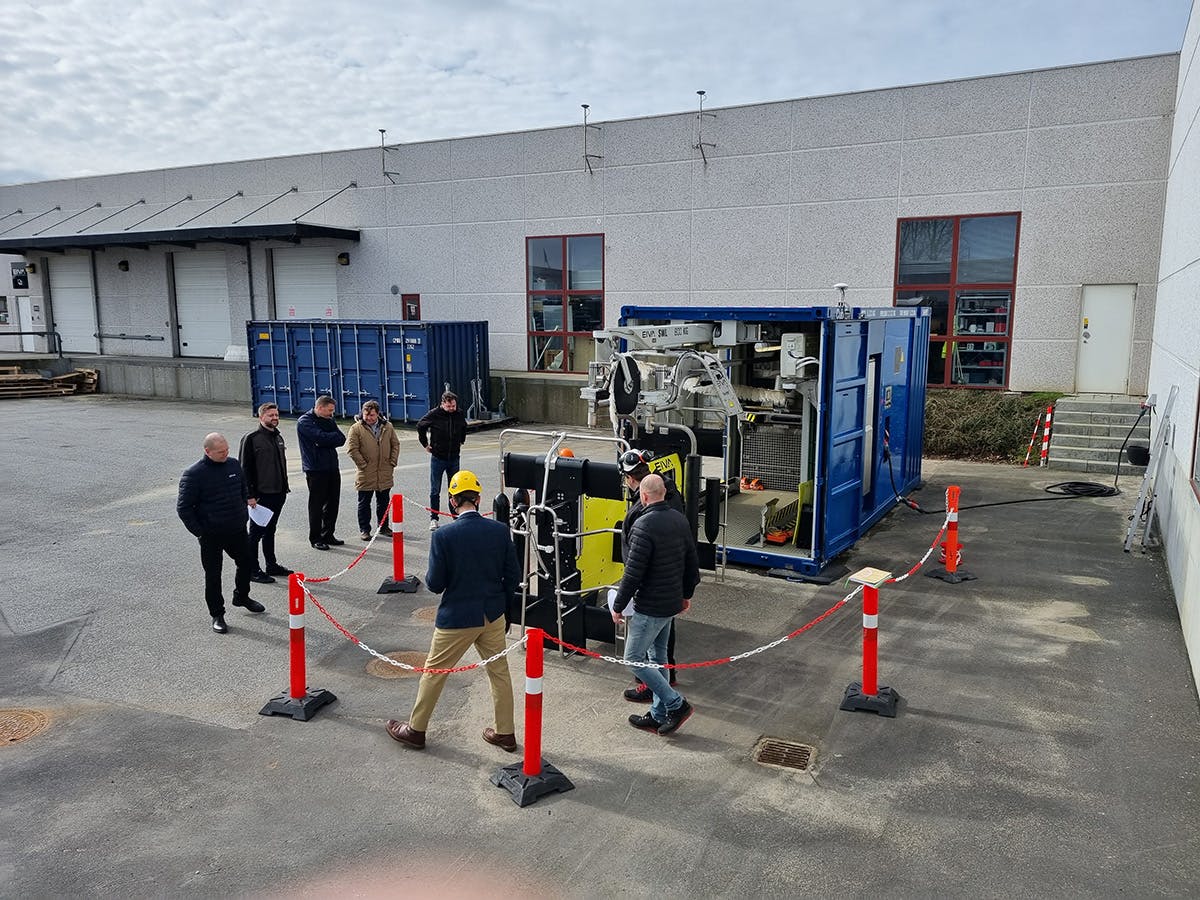
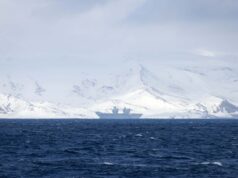
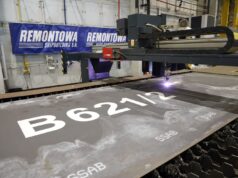
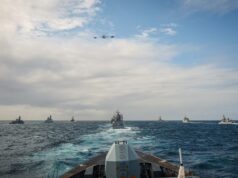

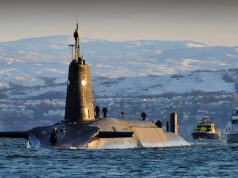
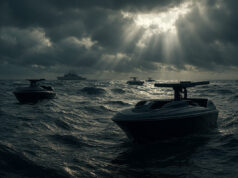
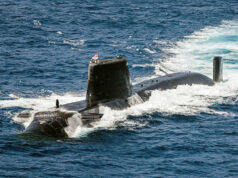

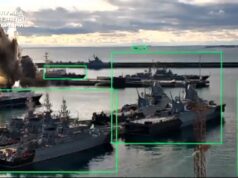
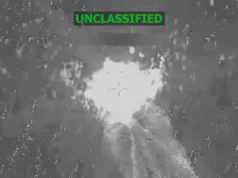

So we’ve gone from 2x Echo Class to 1x ROTV. And I wouldn’t be at all surprised if the ROTV represents less hydrographic “capability” than a single Echo.
Everything is done modular now, easier to deploy easier to upgrade. One trick ponies like Echo or Hunt class are not affordable.
I agree to a certain extent, but the UKHO is a MOD Trading Fund that, as far as I know, still turns a profit. So, in effect, the Echo Class were paying for themselves. Plus they represented additional hulls to show a presence and were capable of operating in support of MCM ops – an ROTV just isn’t the same and you still need to charter or re-task another hull to deploy it.